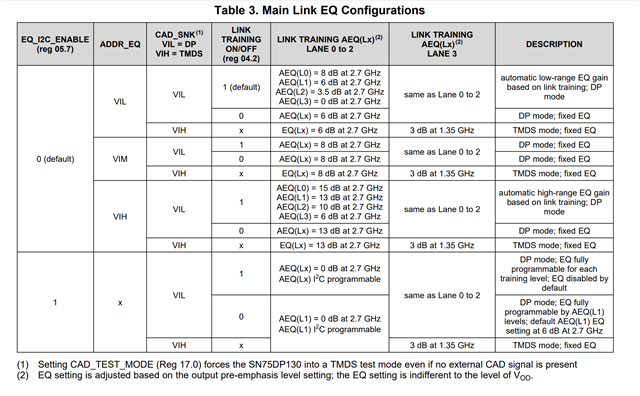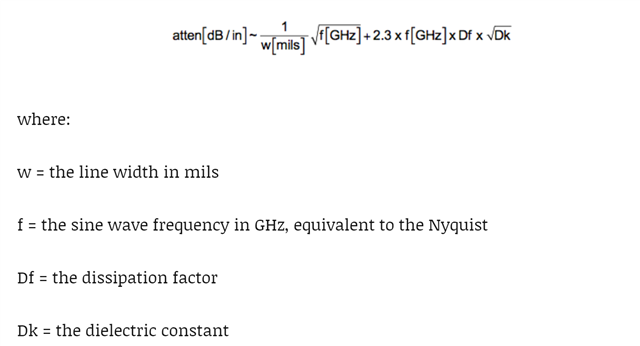Other Parts Discussed in Thread: TDP142, SN65DP141
Hello Team,
My customer is using the SN75DP130 DP redriver to drive a DisplayPort output out of an FPGA. They do not want to implement a DP130 in a sink, but implement a DP130 in a source side (before the cable). My question is how the source shall deal with link trining, since the DP130 will do the link trining with the sink?
Regards,
Renan



